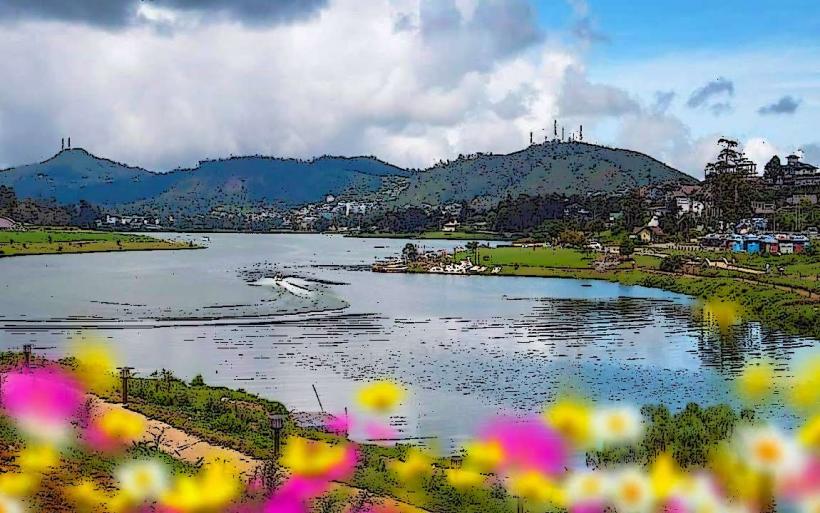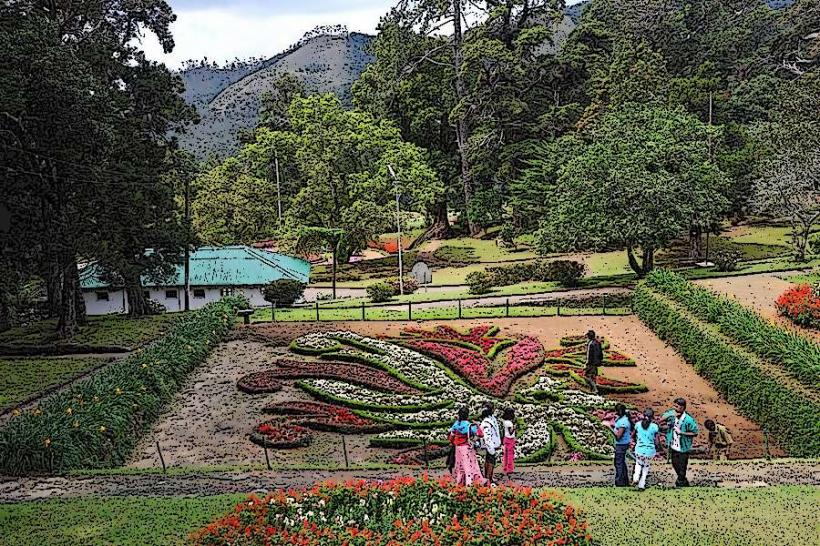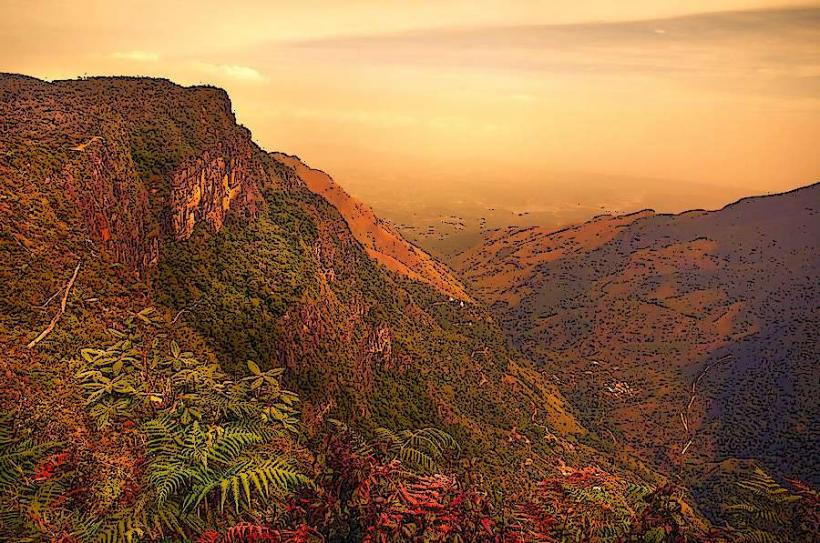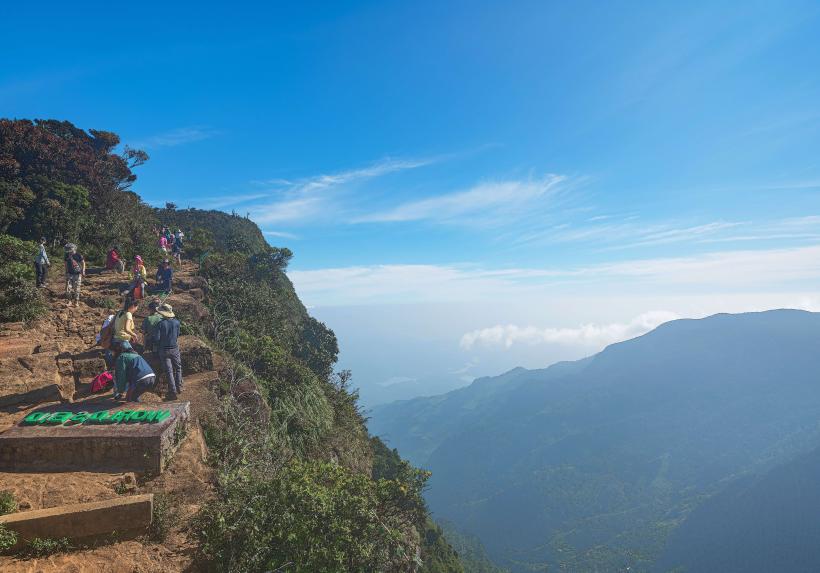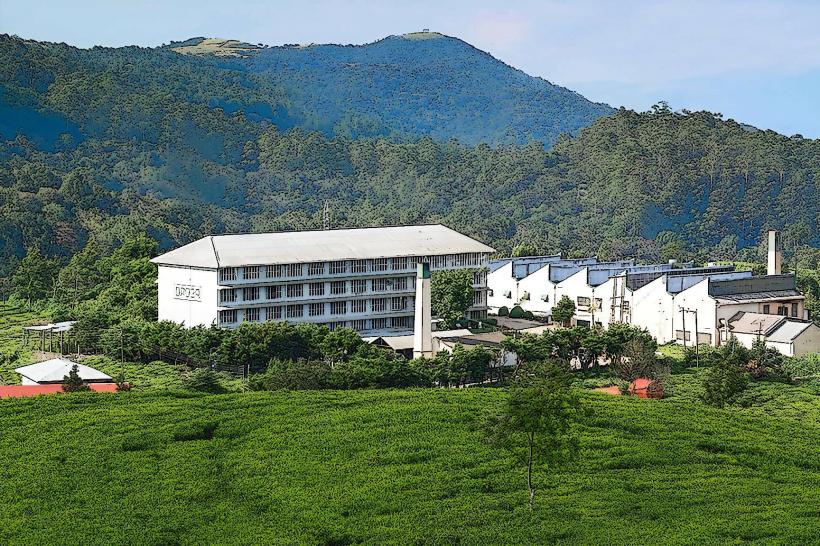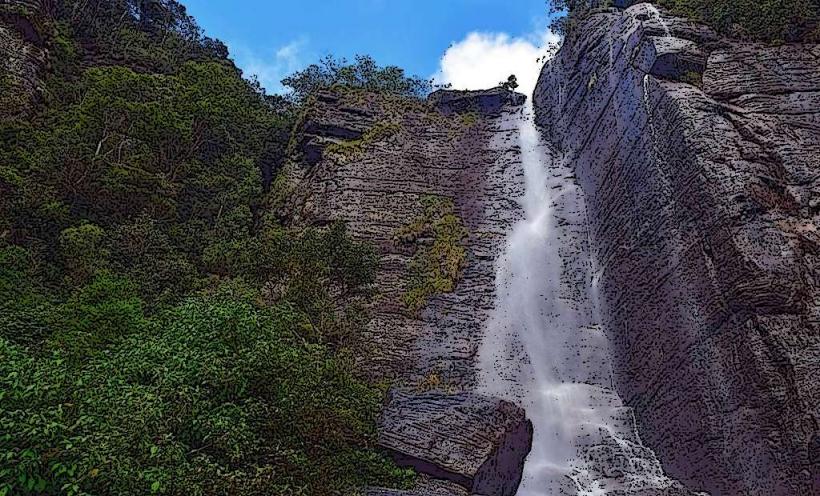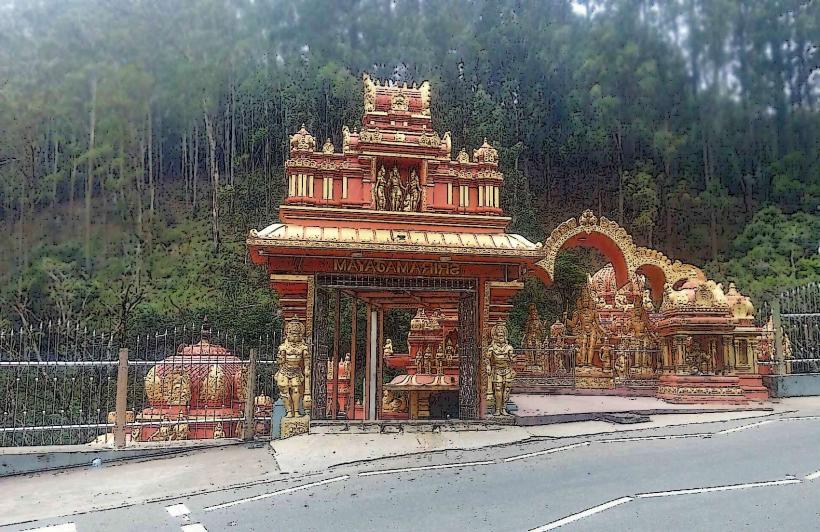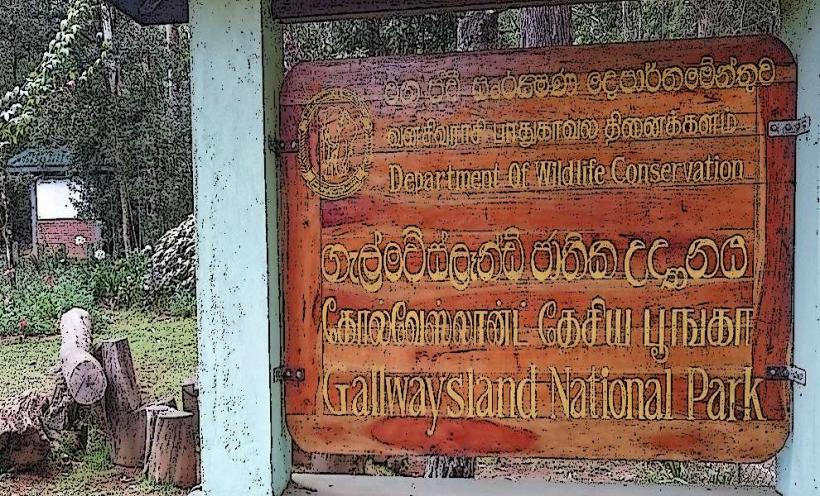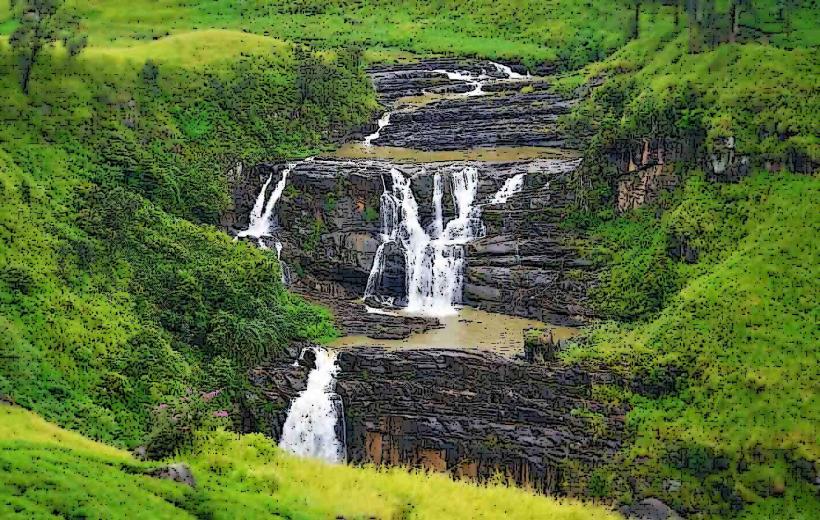Information
City: Nuwara EliyaCountry: Sri Lanka
Continent: Asia
Nuwara Eliya, Sri Lanka, Asia
Overview
Nuwara Eliya, nicknamed “Little England,” sits high in Sri Lanka’s central hills, where cool mist clings to the tea fields and roses bloom along quiet lanes, and this charming town, with its crisp mountain air, colonial-era buildings, and green hillsides, draws locals and visitors from around the world who come looking for peace and unspoiled beauty.Perched 1,868 meters above sea level in Sri Lanka’s Central Province, about 170 kilometers east of Colombo and 75 from Kandy, Nuwara Eliya enjoys a cool, temperate climate where the air hovers between 10°C and 20°C year-round; dry, sunny days stretch from December to April, while the monsoon rains sweep in from May to September, draping the rolling tea plantations, misty mountains, waterfalls, and forests in silver mist, just as the British colonialists, who founded the town in the 19th century to escape the tropical heat, once saw it-a region that grew into the heart of the island’s tea industry, dotted with sprawling estates and aged British-style bungalows, its name in Sinhala meaning “City of Light.”Gregory Lake, a calm man-made stretch of water built in 1873 by Sir William Gregory, the then-Governor of Ceylon, draws visitors for boating, paddle boarding, jet skiing, and lazy picnics on its grassy banks, with walking trails winding through lush gardens; nearby, Hakgala Botanical Garden-Sri Lanka’s second largest, founded in 1861-spreads beneath Hakgala Rock, sheltering over 10,000 plant species from velvety roses to rare orchids, and tied to the Ramayana tale of Sita’s captivity; further afield, Horton Plains National Park, a UNESCO World Heritage site, teems with wildlife and leads to World’s End, an 880‑meter cliff where mist curls over the abyss, as well as Baker’s Falls and pockets of rare flora; the region’s tea plantations, such as Pedro, Mackwoods Labookellie, and Damro, open their factory doors for tours and tastings; golfers can tee off at the 18‑hole Nuwara Eliya Golf Club, founded in 1889, with rolling hills as a backdrop; Victoria Park in the town center offers shady paths, exotic blooms, bird calls, and a slight playground; Seetha Amman Temple in Seetha Eliya honors Goddess Sita at the site many believe was her prison under King Ravana; Lovers’ Leap Waterfall drops 30 meters in a silver rush, its name wrapped in a romantic legend; and Moon Plains, a wide plateau, delivers sweeping 360‑degree views of mountains and valleys, perfect for quiet walks and spotting deer in the early light, consequently ambewela Farm, often called Sri Lanka’s “Little recent Zealand,” is a working dairy where you can watch glossy-coated cattle graze, learn how milk becomes cheese and yogurt, and take in rolling green hills under a crisp, cool sky; nearby Nuwara Eliya blends British colonial elegance-think red-brick post offices and mock-Tudor bungalows-with Sri Lankan warmth, offering tea estate tours, hikes through Horton Plains, horse rides by Gregory Lake, cycling past tea fields, strawberry picking, and easy journey by scenic train, winding road, or local tuk-tuk, with the best months from March to May for outdoor adventures or December to February for misty, leisurely days, plus side trips to Ella, Kandy, or Pidurutalagala, though you’ll want warm clothes for chilly nights and patience for weekend crowds, all in a town famed for its April Spring Festival and a legacy as the 19th-century retreat of British planters.
Author: Tourist Landmarks
Date: 2025-10-29
Landmarks in nuwara-eliya

